Picture this: You hop in your car, turn the key, and it sputters like it's had a rough night. It finally starts, but something feels off. Sound familiar? Problems like hard starts, trouble getting up to speed, or random stalls are classic warnings the fuel pump could be failing. The tricky part? These signs don't always come all at once. Sometimes it's just one weird hiccup after another.
If you've ever felt your car jerk during a drive or lose power as you’re climbing a hill, that’s another checkmark for a weak fuel pump. Don’t blow this off as just old gas or a bad spark plug. Ignoring these symptoms is a surefire way to end up calling for help from a dark grocery store lot or the side of a busy highway. Let's break down how these signs show up so you can figure out what’s happening before you get stranded.
- Classic Warning Signs
- How Trouble Starts on the Road
- What Happens Under the Hood
- Tips to Avoid Getting Stranded
Classic Warning Signs
Most drivers miss the early symptoms of a failing fuel pump until things get worse. But if you know what to look for, you can catch it faster and save a ton of trouble.
Here are the most common problems to watch out for:
- Hard starting: If your engine cranks for ages or needs a few tries to fire up, the fuel pump might not be delivering enough gas.
- Engine sputtering: Notice your car spitting or jerking at higher speeds? That stutter can be the pump struggling to keep up with the fuel your engine needs.
- Sudden stalling: If the engine dies out of nowhere even though you’ve got gas, suspect the pump cutting out and starving the engine.
- Loss of power under stress: Passing another car, driving uphill, or hauling a heavy load? If your engine feels gutless or bogs down, that’s a tip-off the pump can’t supply enough fuel under demand.
- Unusual whining noise: Hear a loud whine or buzzing sound from the gas tank area? A dying fuel pump gets noisy as it works too hard.
About 75% of drivers who catch these symptoms early can avoid being stranded, based on AAA’s roadside calls in 2023. Cheap fixes like swapping the fuel filter rarely solve the deeper issue if the pump’s already worn out.
Don’t just rely on a check engine light. Most older cars won’t light up the dash for a fuel pump problem. Watch for these real-world clues instead, and you’ll be way ahead of most folks blasting music to drown out the weird sounds their car makes.
How Trouble Starts on the Road
The first hint that something isn’t right with your fuel pump usually shows up when you’re already rolling down the highway. You might notice your car suddenly losing power during acceleration, especially if you’re trying to merge or overtake. That’s the pump struggling to deliver enough fuel when your engine needs it most. Sometimes, there’s a sudden jerk—almost like you tapped the brakes for no reason.
Long drives can make things even worse. When the pump starts overheating, your engine might stall out completely, forcing you to pull over. If you let the car cool off, it might start again, but only for a bit before it cuts out. That’s a textbook sign the fuel pump is on its way out. Frequent stalling, especially at higher speeds, usually means it’s not keeping up with what the engine demands.
Another red flag is what mechanics call “surging.” That’s when your car unexpectedly speeds up without pressing the gas harder. It’s not just annoying—it’s downright unsafe in traffic. If you hear a whining sound from the gas tank area while you drive, don’t ignore it. Healthy pumps are supposed to be quiet. When they start getting loud, it means they’re wearing out or clogged up.
| Common Road Symptoms | What It Means |
|---|---|
| Loss of power during acceleration | Fuel pump can’t supply enough pressure |
| Stalling at high speeds | Pump overheating or internal failure |
| Engine surging | Inconsistent fuel delivery |
| Whining noise from tank | Pump motor is under stress or damaged |
If you’re experiencing any of these issues, don’t wait for the next breakdown. Get the fuel pump checked before it leaves you stranded somewhere inconvenient—or unsafe.
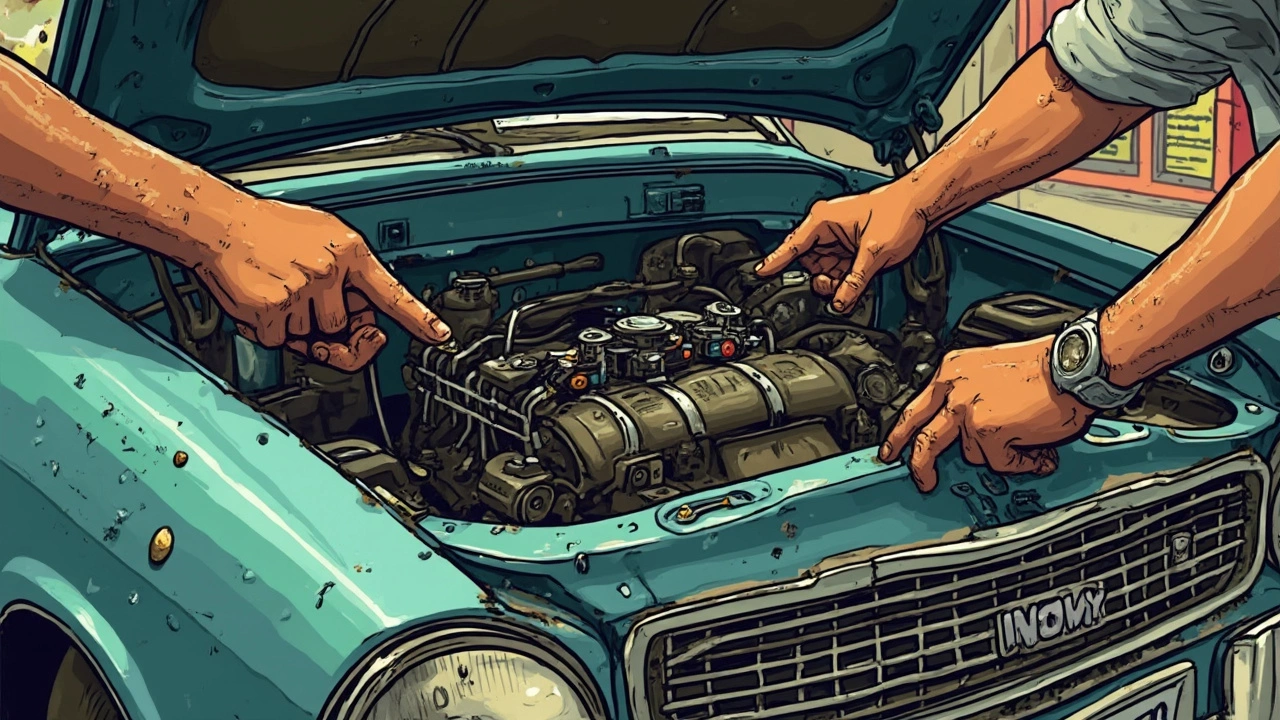
What Happens Under the Hood
Your fuel pump is like the heart of your car’s fuel delivery system. Its only job? Move fuel from the gas tank to the engine. When it can't keep up, your engine starts starving for fuel, and that's when trouble hits.
Inside most cars, the fuel pump sits inside the tank, totally hidden. It works off the battery, using a small electric motor. When you turn the key, it jumps to life, building pressure and pushing fuel through the lines at just the right rate. If the pump starts to wear out or fails, you’ll notice symptoms like rough idling, sputtering, or your engine suddenly losing power—even if you just filled up the tank.
Here’s what’s actually going wrong when a fuel pump starts giving out:
- Loss of Pressure: A tired pump can’t keep up the fuel pressure. The engine gets less fuel than needed, especially under stress, like highway driving or when you stomp on the gas.
- Overheating: Running on low fuel too often can overheat the pump (the gas keeps it cool), leading to faster wear or a total breakdown.
- Clogged Filter: Pumps have screens or filters that get clogged over time by dirt and debris in gas. This blocks fuel flow, even if the pump motor is trying its best.
- Noisy Operation: If you start hearing a whining sound from under the car, that’s often the pump getting louder as it works harder or struggles to move fuel.
In fact, according to a 2024 survey by the Auto Care Association, about 1 in 20 cars that get towed with fuel system issues have a failed fuel pump at the core of the problem.
All those hard starts, stalls, and power drops? That’s what happens when your engine’s missing the steady push of fuel it needs. Knowing exactly what’s breaking down in this part helps you avoid guessing games when things start acting up.
Tips to Avoid Getting Stranded
If your car’s fuel pump quits, you’re not going anywhere fast. Luckily, a little planning can help you dodge roadside headaches. First off, don’t ignore weird noises. A healthy fuel pump should hum, not screech or whine. If you hear a high-pitched whine from the gas tank, that’s a red flag—get it checked before you regret pushing it.
I always remind Rowan and Callista to watch the fuel gauge. Running low may seem harmless, but running close to empty can actually overheat the fuel pump. That’s because most pumps are cooled by the gas itself. Try not to let the tank drop below a quarter full. This simple habit can boost the pump’s lifespan.
- Keep up with regular fuel filter changes. A clogged filter makes your pump work overtime and can burn it out way quicker than you’d think.
- Stick with name-brand gas stations to avoid dirt and water that cheaper gas sometimes carries.
- If you notice sluggish acceleration or your engine sputters, don’t just turn up the radio. Schedule a checkup before these fuel pump symptoms worsen.
Want to geek out a bit? Here’s a quick-and-dirty look at the top reasons why fuel pumps fail based on data from independent auto tech surveys:
| Reason for Failure | Percentage (%) |
|---|---|
| Running Tank Low | 41 |
| Clogged Fuel Filter | 28 |
| Electrical Issues | 19 |
| Poor Fuel Quality | 12 |
Keep a jumper pack or a roadside kit in your trunk just in case. If your car stalls and won’t restart, having a backup plan will save you from a long, awkward wait.

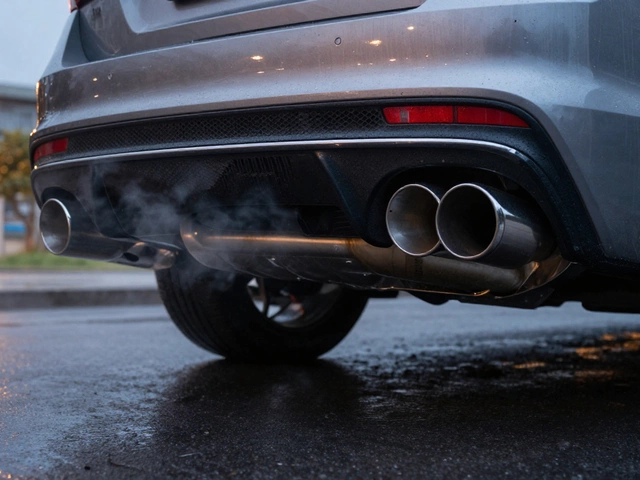
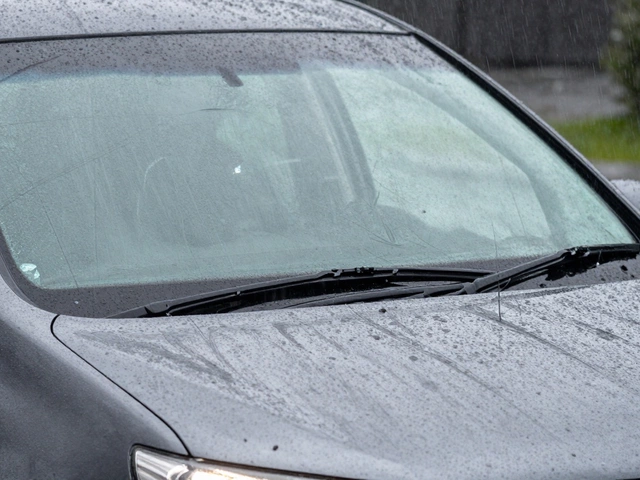
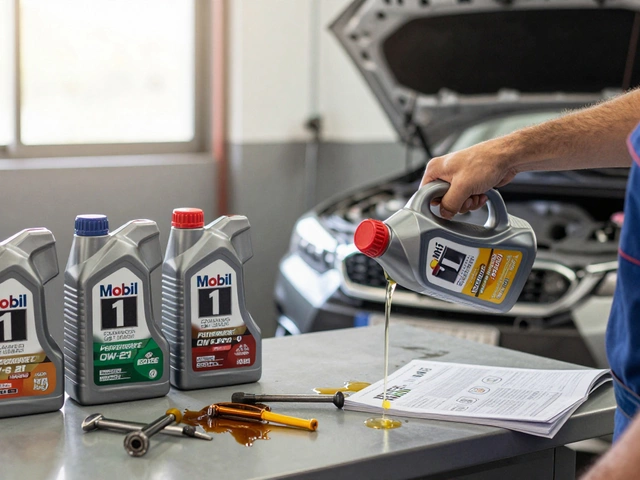

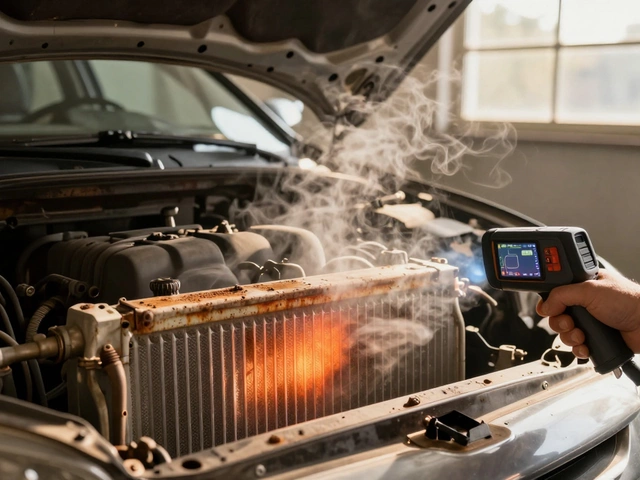



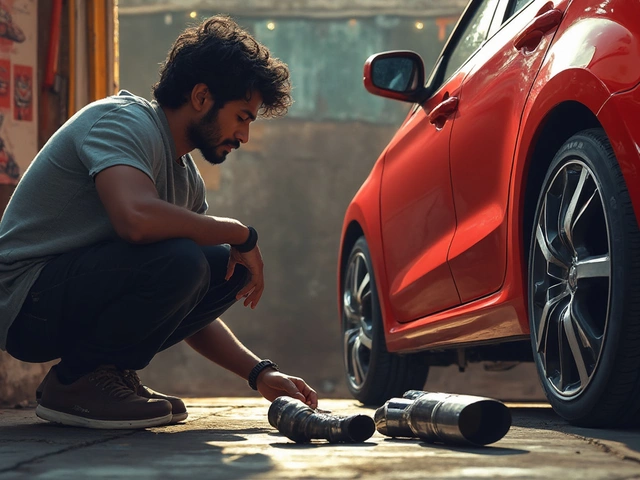
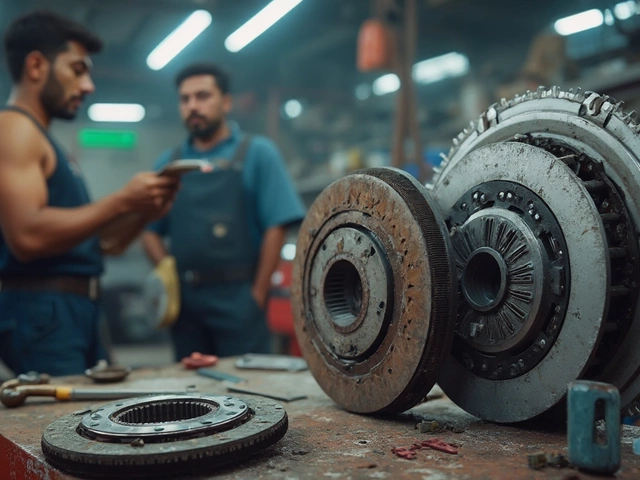
Write a comment